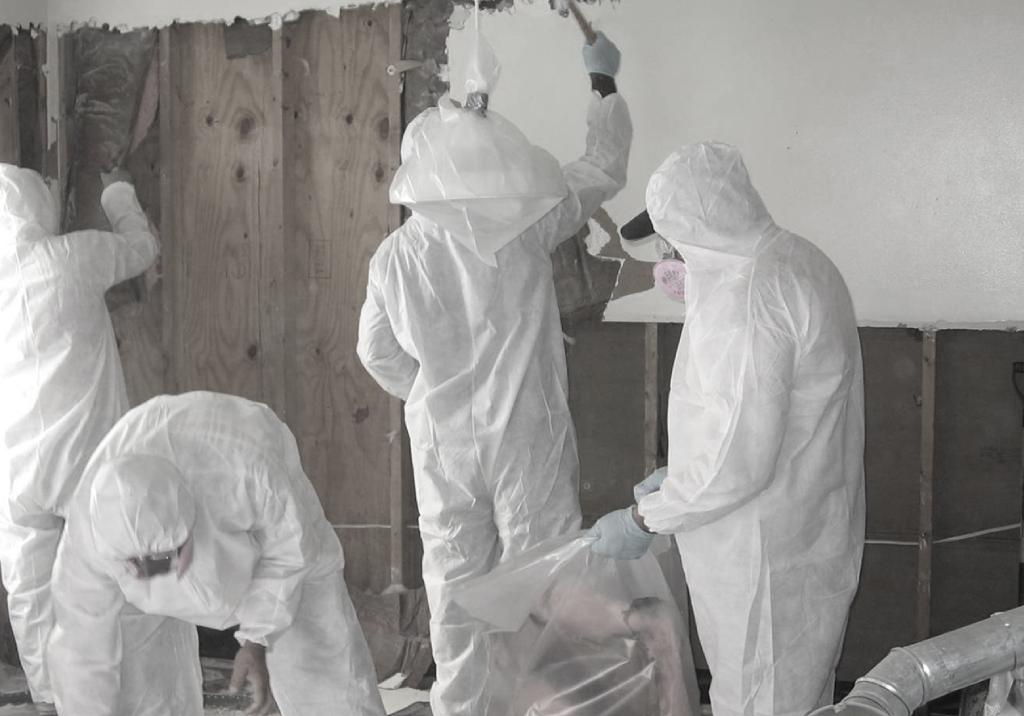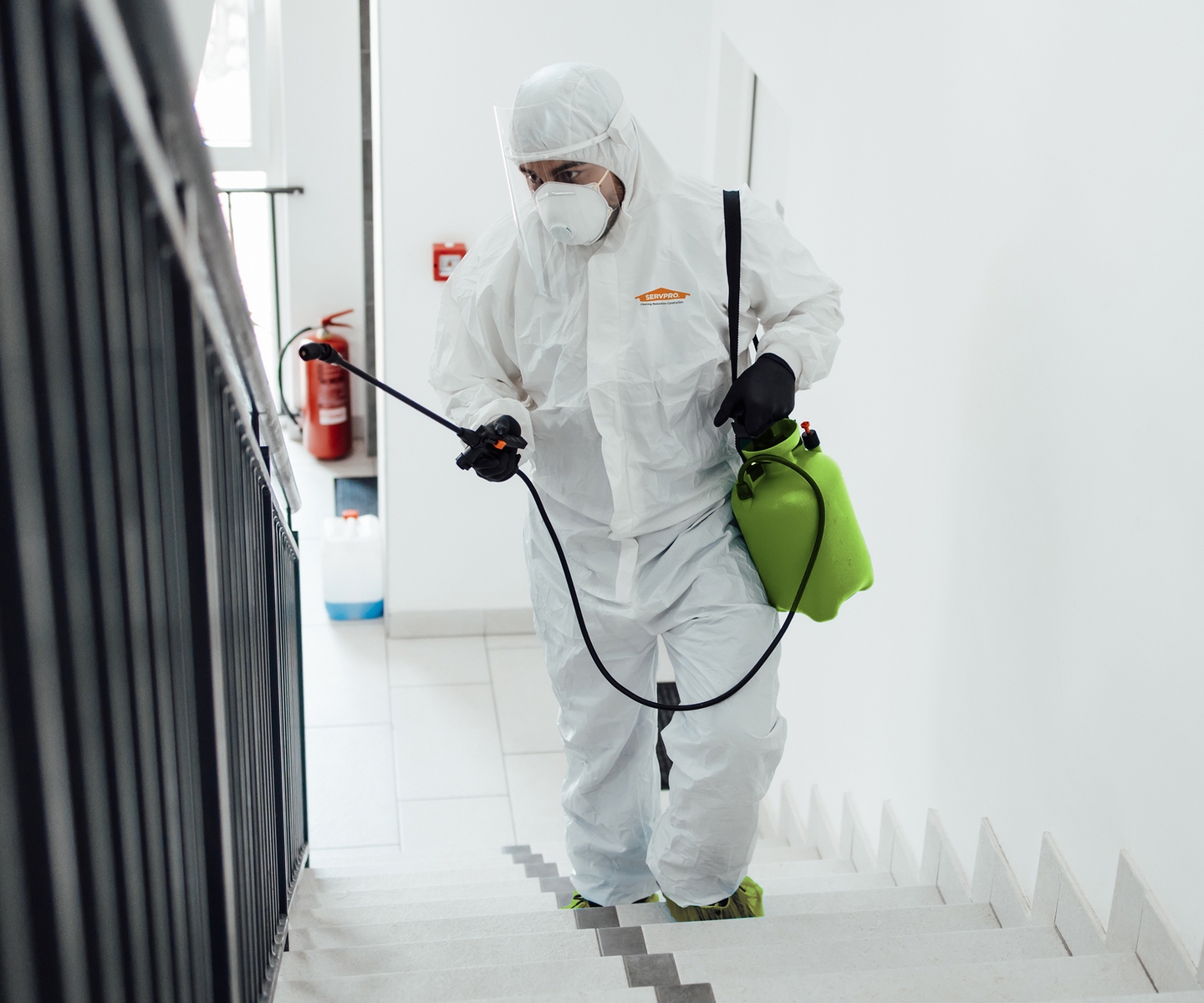Biohazard Removal: Safe Handling and Disposal of Hazardous Products
Biohazard Removal: Safe Handling and Disposal of Hazardous Products
Blog Article
Expert Biohazard Cleaning and Decontamination for Blood, Bodily Fluids, and Hazardous Materials
The possible health threats linked with exposure to biohazards highlight the crucial demand for meticulous handling and detailed cleanup. As we browse the detailed landscape of biohazard clean-up, understanding the nuances of regulations, conformity, and the specialized devices at play ends up being vital in making certain a safe and thorough purification procedure.
Health Threats of Biohazard Direct Exposure
Exposure to biohazards postures significant wellness risks that can lead to severe consequences for communities and people alike. Biohazards incorporate a vast array of biological materials, including blood, physical fluids, mold and mildew, germs, viruses, and various other potentially transmittable materials. When individuals enter contact with these biohazards, whether with crashes, incorrect handling, or ecological exposure, they encounter the danger of contracting severe diseases or diseases.
One of the main wellness threats related to biohazard exposure is the transmission of infectious illness. Bloodborne virus such as HIV, liver disease B and C, and numerous microorganisms can be present in biohazardous materials, presenting a direct risk to human health and wellness. Inhaling airborne biohazards like mold spores or entering call with polluted surfaces can additionally result in respiratory problems, allergic reactions, and other damaging wellness effects.
Furthermore, biohazard direct exposure can have long-lasting wellness implications, with some diseases manifesting years after the initial contact (Blood Cleanup). Consequently, it is essential to focus on appropriate biohazard cleansing and decontamination to alleviate these health and wellness threats and ensure the safety and security of areas and individuals

Specialized Training for Biohazard Cleaning
When it pertains to dealing with biohazard cleanup efficiently and securely, specialized training plays a fundamental duty in guaranteeing correct decontamination procedures are adhered to. Biohazard cleaning requires details knowledge and skills to effectively reduce threats connected with bloodborne microorganisms, bodily fluids, and hazardous products. Professionals trained in biohazard cleanup undergo extensive instruction on how to securely manage, eliminate, and dispose of biohazardous products to stop contamination and direct exposure.
Specialized training for biohazard cleanup covers a variety of vital topics, consisting of correct individual protective devices (PPE) use, bloodborne pathogen awareness, purification strategies, and contaminated materials disposal protocols. People educated in biohazard clean-up are equipped with the required competence to evaluate contamination levels, determine prospective hazards, and apply suitable cleanup procedures in compliance with governing requirements.
Continuous training and education and learning are vital in the area of biohazard clean-up to stay updated on the latest decontamination technologies, safety procedures, and guidelines. By spending in specialized training, biohazard cleanup specialists can efficiently respond to emergency cleanup circumstances and guard both public health and the atmosphere.
Relevance of Proper Decontamination Strategies
Utilizing proper purification techniques is important in biohazard cleanup to successfully decrease and remove unsafe materials health dangers. Effective purification not just guarantees the elimination of noticeable traces of blood, bodily liquids, and various other biohazards however likewise targets undetectable virus that may posture significant health threats if not appropriately eradicated. By following rigid purification protocols, trained experts can substantially lower the danger of exposure to unsafe microorganisms, infections, and germs that could bring about conditions or infections.
Proper purification strategies include pop over here making use of specific devices and disinfectants that are specifically designed to counteract biohazards successfully. Detailed cleaning and sanitation of infected locations are necessary to prevent the spread of pathogens and guarantee a safe environment for passengers. Additionally, the correct disposal of biohazardous waste following decontamination procedures is crucial in avoiding contamination of other surfaces or individuals.

Tools and Devices for Safe Cleanup
The proper equipment and tools play a vital duty in making image source sure the reliable and risk-free clean-up of biohazardous materials. When dealing with blood, physical liquids, or unsafe products, biohazard cleansing specialists rely upon specialized gear to decrease exposure risks and thoroughly decontaminate the damaged location. Individual protective tools (PPE) such as handwear covers, coveralls, masks, and goggles are crucial to secure versus straight contact with possibly infectious materials. Furthermore, biohazard cleansing kits having disinfectants, absorptive products, and biohazard bags are utilized to securely consist of and dispose of infected items. Blood Cleanup.
Advanced cleaning tools like hospital-grade disinfectants, HEPA-filtered vacuums, and fogging makers are used to sanitize surface areas and eliminate biohazards effectively. Specialized devices such as sharps containers and biohazard garbage disposal bins are utilized to safely handle sharp things and biohazardous waste materials. By using the right equipment and tools, biohazard cleansing professionals can ensure a comprehensive clean-up procedure that prioritizes safety and security and reduces wellness risks for both workers and passengers of the affected area.
Regulations and Conformity in Biohazard Cleansing
Proper adherence to regulations and conformity standards is critical in biohazard cleansing to make sure the safety and security of both personnel and the setting. Government firms such as OSHA (Occupational Security and Health And Wellness Administration) and the EPA (Epa) have actually established particular standards for biohazard clean-up procedures to reduce wellness dangers and environmental contamination. These policies cover a series of aspects including the handling, transportation, and disposal of biohazardous materials, in addition to the necessary training and protective equipment needed for employees entailed in the cleaning process.
Biohazard cleansing firms should stay up-to-date with these laws to guarantee that their procedures meet the required safety and security criteria. Failure to adhere to these guidelines can lead to extreme repercussions, including penalties, legal activity, and jeopardizing the health and wellness of individuals and the setting. By adhering to rigid regulations and conformity steps, biohazard cleansing firms can successfully minimize threats and make sure a thorough and risk-free cleanup process for all celebrations involved.
Conclusion
In final pop over here thought, biohazard cleansing and purification require customized training, correct methods, and adherence to guidelines. Exposure to blood, bodily fluids, and harmful materials postures considerable health threats, making it essential to use the appropriate devices and tools for safe cleanup. By adhering to rigorous protocols and guidelines, experts can successfully reduce the risks linked with biohazard direct exposure and make certain the safety and security of both themselves and others.
As we browse the detailed landscape of biohazard cleaning, recognizing the subtleties of laws, compliance, and the specialized equipment at play ends up being crucial in making certain a secure and extensive decontamination process. (Blood Cleanup)
When it comes to taking care of biohazard cleanup effectively and safely, specialized training plays a basic role in ensuring proper decontamination procedures are followed.Using appropriate decontamination strategies is vital in biohazard clean-up to effectively get rid of unsafe materials and decrease health dangers. Furthermore, biohazard cleaning kits having anti-bacterials, absorbent materials, and biohazard bags are used to securely have and get rid of of infected items.
Federal government companies such as OSHA (Occupational Security and Health And Wellness Management) and the EPA (Environmental Security Firm) have actually developed particular standards for biohazard clean-up treatments to reduce health threats and environmental contamination.
Report this page